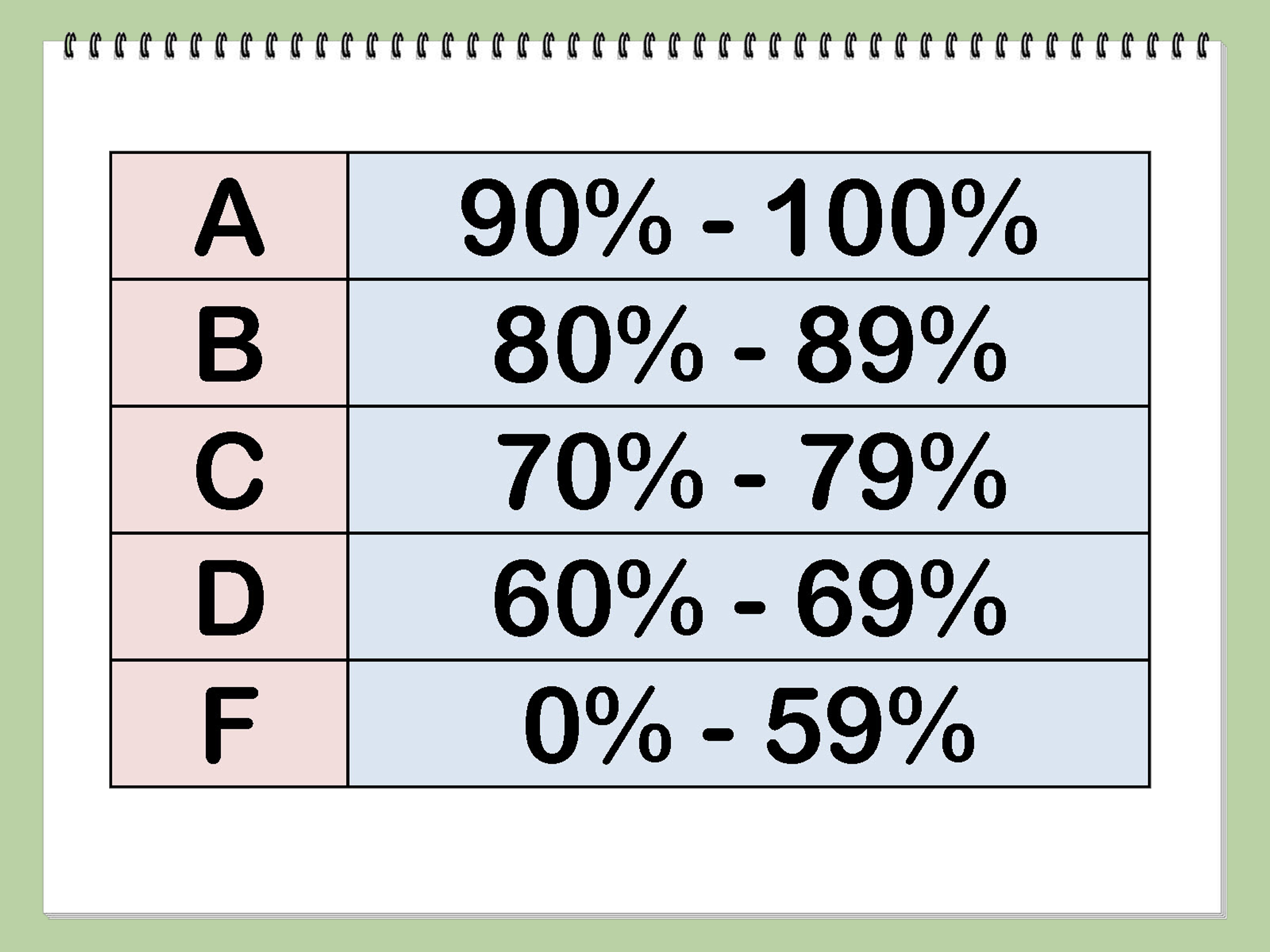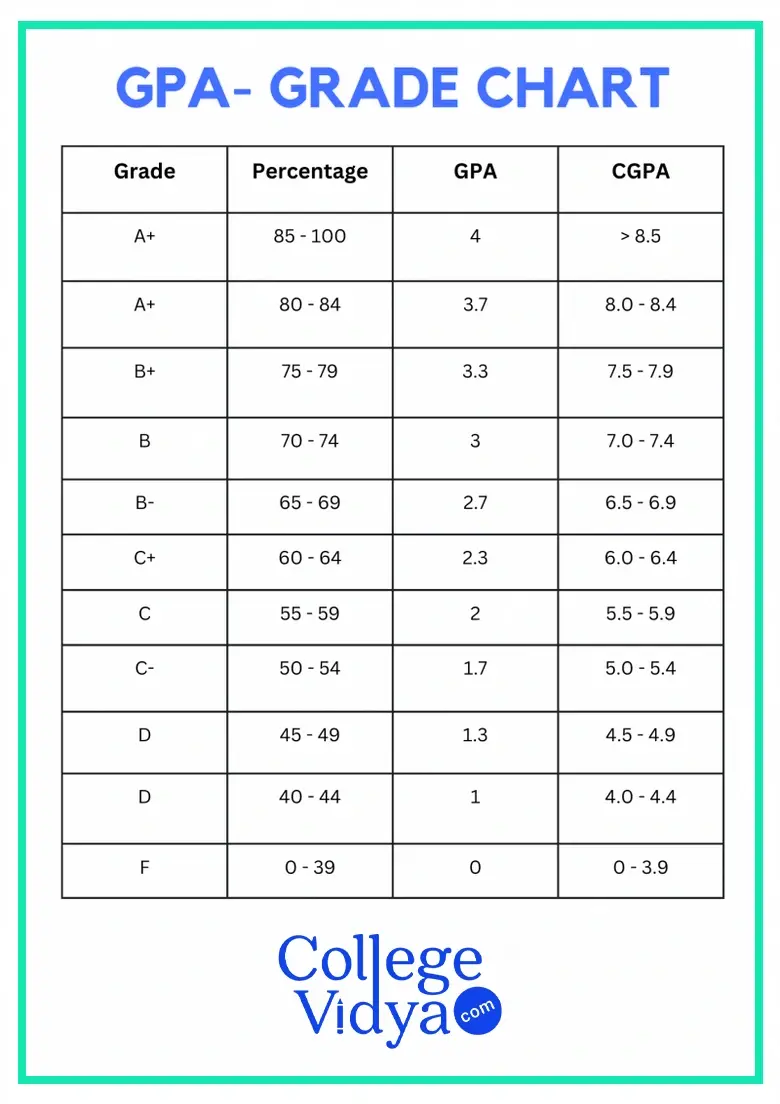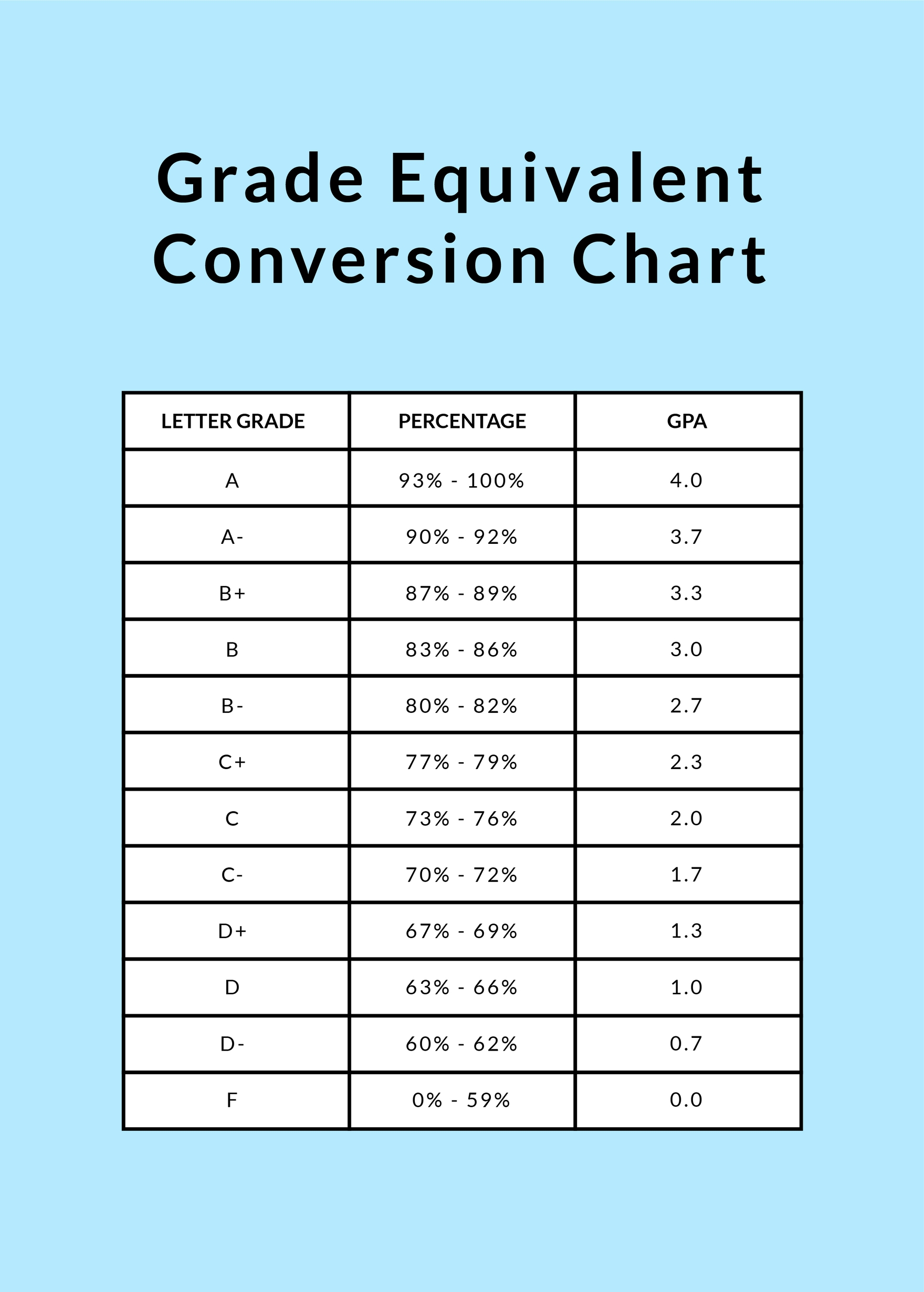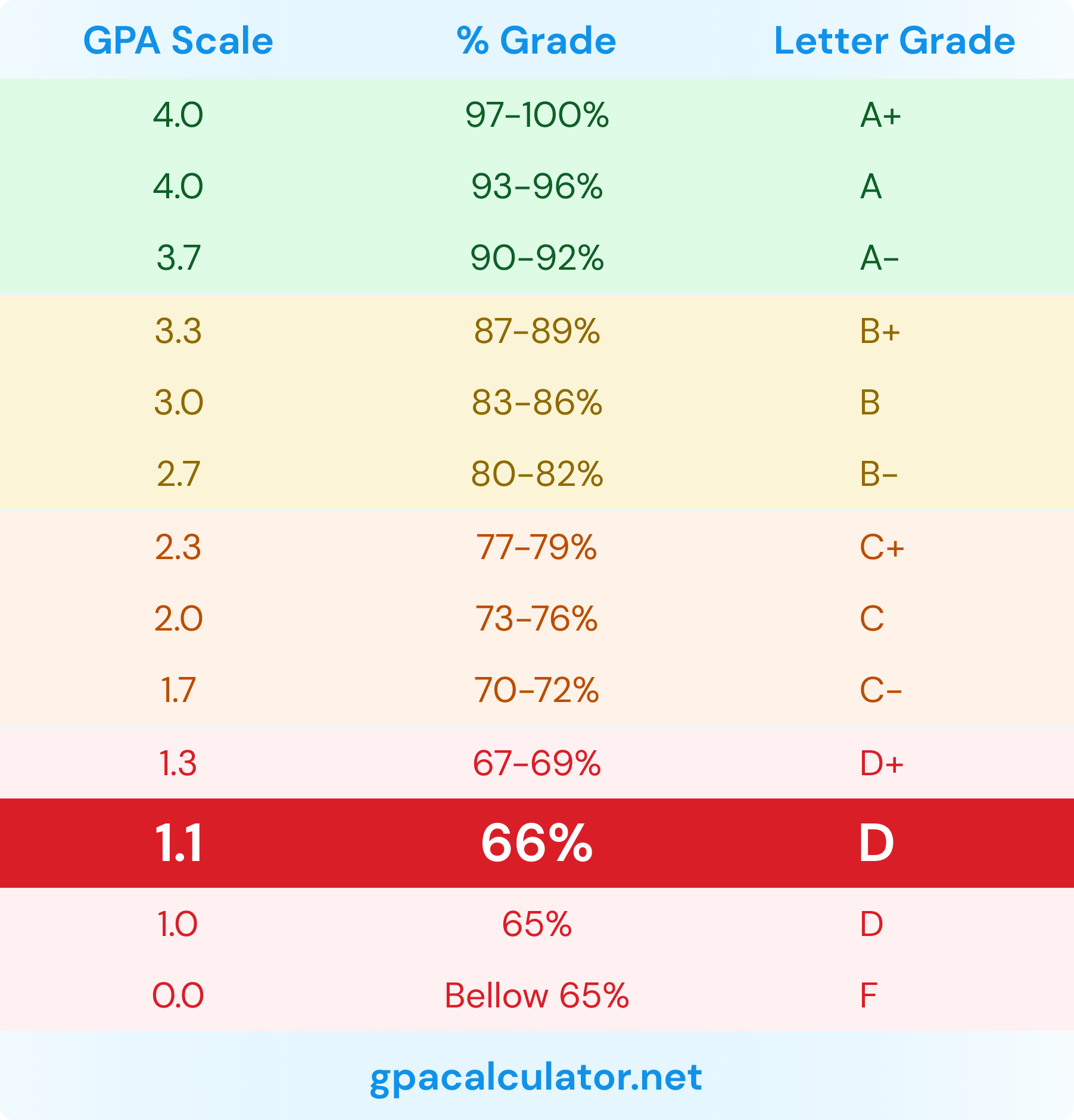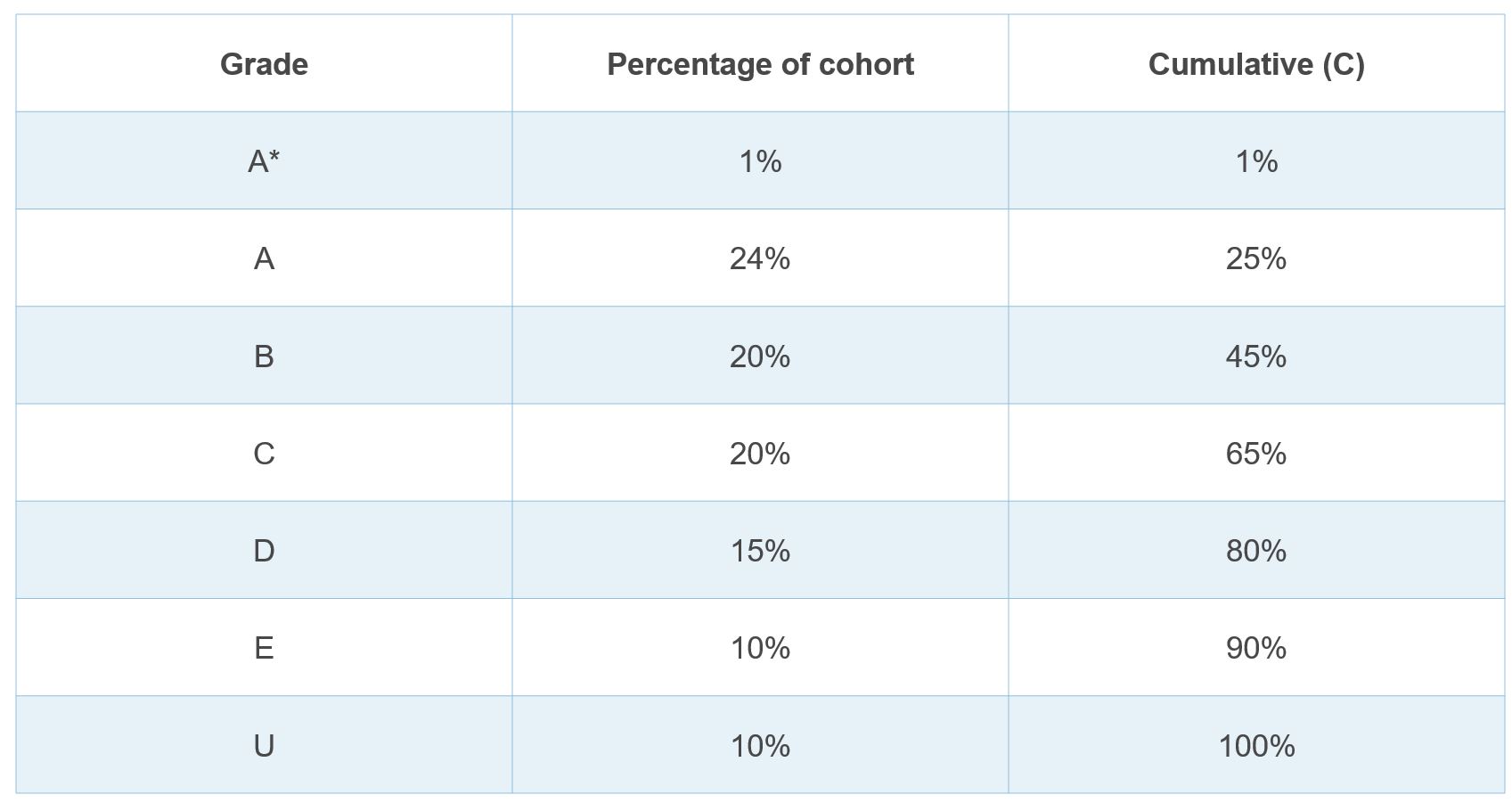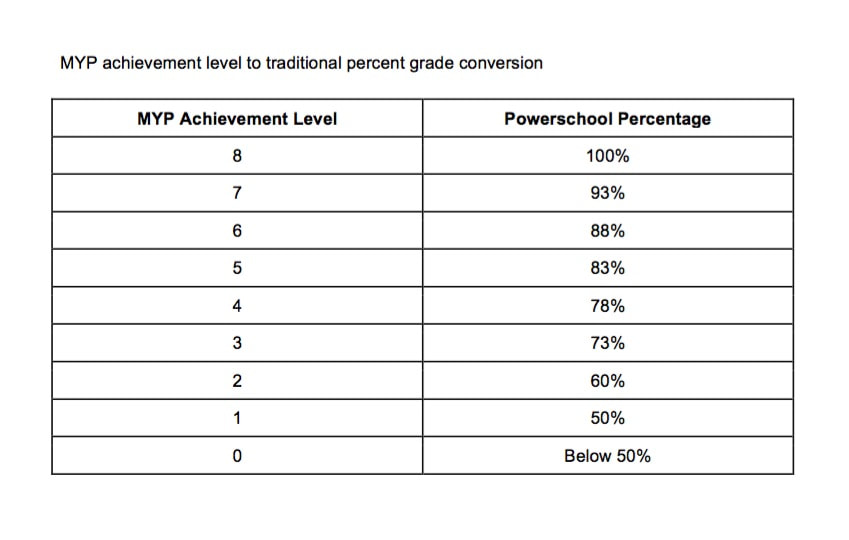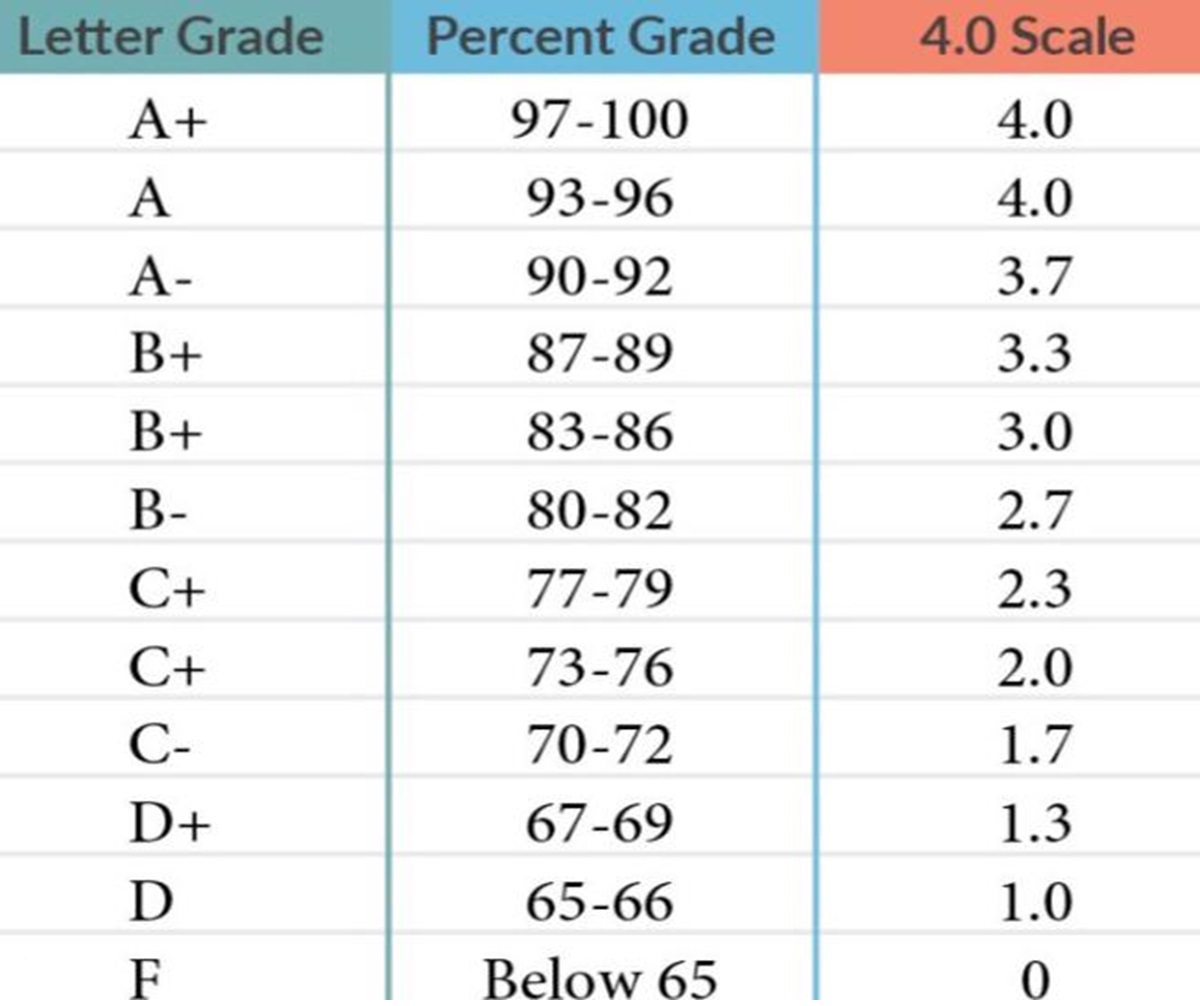5 Out Of 7 Percentage Grade

The implementation of a new grading rubric, where a 5 out of 7 (5/7) score constitutes a passing grade, has sparked considerable debate across various educational institutions and online learning platforms. This shift is prompting re-evaluations of academic standards and raising concerns about potential grade inflation.
The 5/7 passing threshold, while seemingly straightforward, introduces complexities into the assessment of student performance and the interpretation of academic transcripts. This article delves into the nuances of this change, examining its rationale, implementation, and potential ramifications.
The Origin and Rationale
The move towards a 5/7 passing grade is not universally adopted, but its proponents argue that it aims to promote a more equitable and forgiving assessment system. Some educational psychologists suggest that focusing on mastery rather than perfection can reduce student anxiety and encourage deeper learning. This approach prioritizes the demonstration of core competencies over achieving flawlessly high scores.
The specific institutions and platforms adopting this system often cite reasons such as addressing learning gaps exacerbated by the COVID-19 pandemic or accommodating diverse learning styles. Furthermore, some argue that traditional grading systems can disproportionately penalize students from disadvantaged backgrounds or those with learning disabilities.
Implementation and Key Details
The implementation of the 5/7 passing grade varies across different contexts. Some institutions apply it uniformly across all courses, while others reserve it for specific subjects or levels. The specifics of how this translates to letter grades (e.g., C, D) also differ depending on the institution's existing grading scale.
Online learning platforms are particularly active in exploring alternative grading systems. The increased accessibility of education coupled with the need to support a diverse student base has led to experimentation with different assessment methodologies. This includes a shift away from traditional exams and towards project-based learning and continuous assessment.
Key Considerations surrounding the implementation involve defining clear criteria for what constitutes a 5/7 level of performance. This requires faculty to articulate specific learning objectives and align assessment tasks accordingly.
Potential Impact and Concerns
The most immediate concern is the potential for grade inflation. Critics worry that lowering the passing threshold could devalue academic credentials and create a false sense of achievement. The long-term effects on the labor market and graduate school admissions are also subjects of discussion.
Employers and admissions officers may need to adjust their evaluation criteria to account for the new grading system. A 5/7 grade, equivalent to approximately 71%, may not carry the same weight as it would under a traditional grading system where a passing grade is typically around 60% or higher.
There are also concerns that students may be less motivated to strive for excellence if a passing grade is perceived as easier to achieve. Conversely, proponents argue that the reduced pressure can foster a more positive learning environment and encourage students to take risks and explore new subjects without fear of failure.
Expert Opinions
Educational experts are divided on the merits of the 5/7 passing grade. Some argue that it is a necessary step towards a more equitable and student-centered approach to education. Others maintain that it undermines academic rigor and ultimately harms students by preparing them inadequately for the challenges of higher education and the workforce.
Professor Emily Carter, an education researcher at the University of California, Berkeley, stated, "While the intention behind this change is commendable, we need robust data to assess its impact on student learning and long-term outcomes."
Dr. David Lee, a former school superintendent, expressed concerns about the potential for grade inflation, arguing that "lowering standards can have unintended consequences and erode the value of a high school or college degree."
A Human-Interest Angle
For some students, the 5/7 passing grade offers a lifeline. Sarah Miller, a single mother pursuing an online degree while working full-time, shared that the change has reduced her stress levels and allowed her to focus on mastering the material rather than obsessing over grades.
"The pressure was overwhelming," she said. "Knowing that I don't have to be perfect to pass has made a huge difference in my mental health and my ability to learn."
However, other students express apprehension about the potential stigma associated with a 5/7 passing grade. John Smith, a high school senior applying to competitive colleges, voiced concerns that his transcript might be viewed less favorably compared to students from schools using traditional grading systems.
Conclusion
The implementation of the 5/7 passing grade represents a significant shift in educational philosophy and practice. While it aims to promote equity and reduce student stress, it also raises valid concerns about grade inflation and the potential devaluation of academic credentials. Whether this new approach ultimately benefits students and society remains to be seen.
Further research and ongoing evaluation are crucial to assess the long-term impact of this change and to ensure that it aligns with the goals of providing high-quality education and preparing students for future success. As the debate continues, it is essential for educators, policymakers, and stakeholders to engage in thoughtful dialogue and to prioritize the best interests of students.

